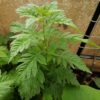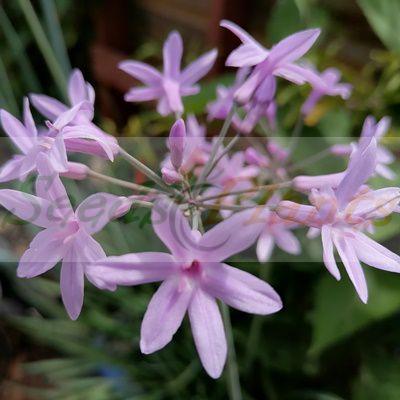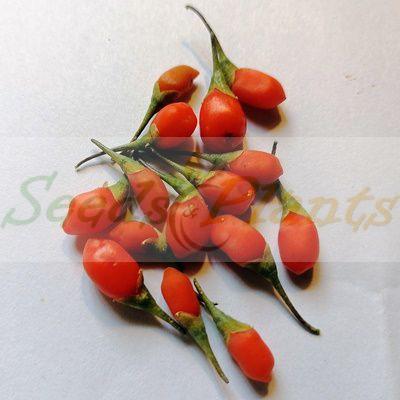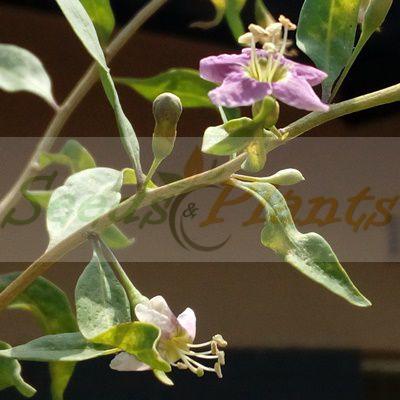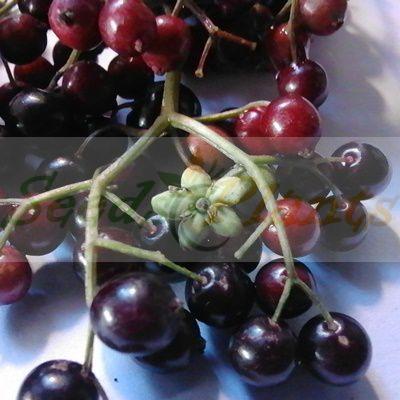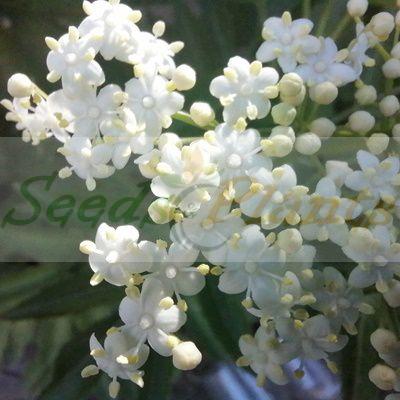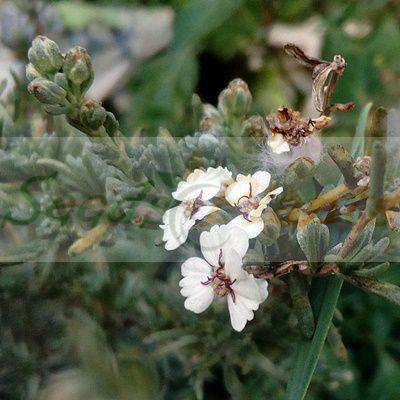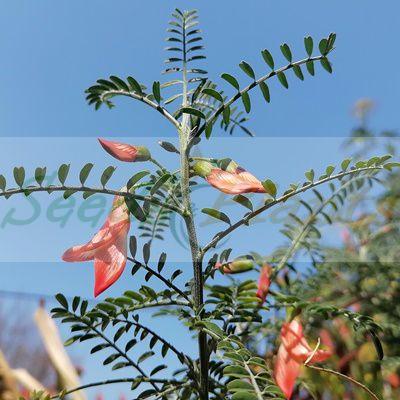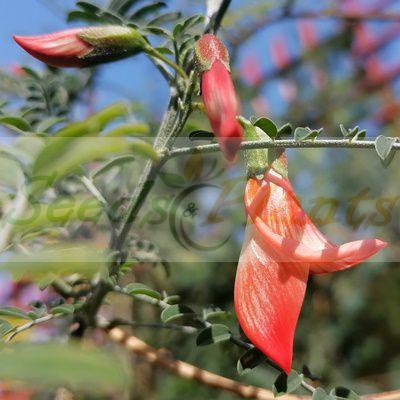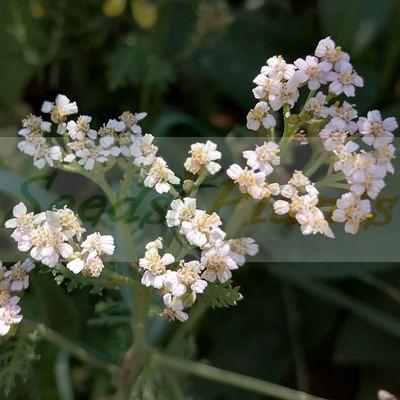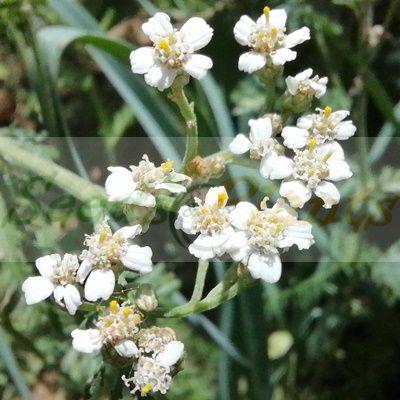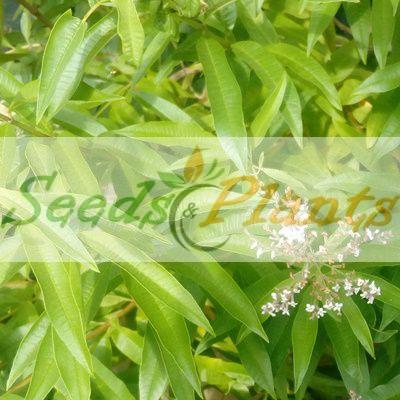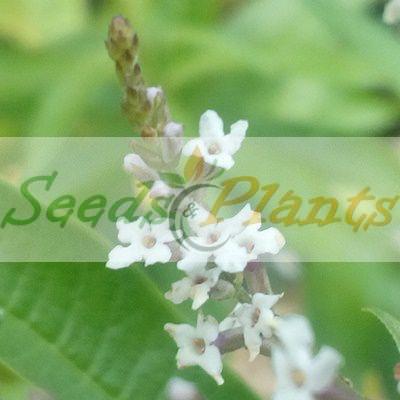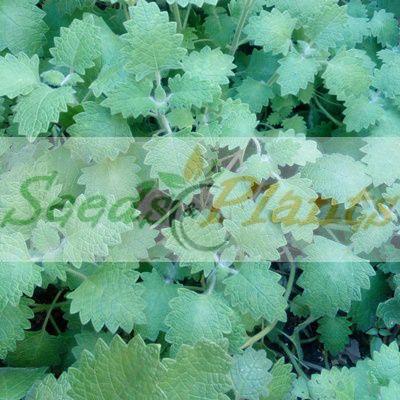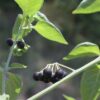-
×
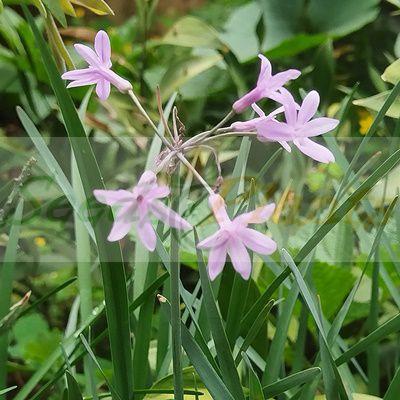 Wild Garlic - 5 Seeds
1 × R30.00
Wild Garlic - 5 Seeds
1 × R30.00
Nastergal – 20 Seeds
(Solanum retroflexum)
R30.00
Nastergal is a historic heirloom fruiting shrub in the nightshade species, native to Southern Africa, that is cultivated as both a leafy vegetable and a berry.
Common Names: Umsobo (isiZulu), Wonderberry or Sunberry.
Indoor Sowing: Late Winter and Early Spring.
Direct Sowing: Spring.
In stock
Nastergal (Solanum retroflexum) is a historic heirloom fruiting shrub in the nightshade species, native to Southern Africa, that is cultivated as both a leafy vegetable and a berry. An easy-to-grow, drought-resistant plant that thrives in moist soil and full sun. The ripe, dark purple-black berries are edible, while the unripe green ones can be poisonous.
It is a non-thorny annual herb that can grow up to between 30cm – 75cm in height, and may fruit at sizes as small as 10 cm. Stems are purplish and the hairy, grey-green leaves are toothed. The flowers are simple, with white petals and a distinctive yellow center. Berries start out green and turn dull purple-black when ripe. They are matte, not shiny, and typically 6–10 mm in diameter.
Nastergal is often confused with the highly poisonous European deadly nightshade (Atropa belladonna). They are different plants. The Nastergal has small white flowers with a yellow center, whereas deadly nightshade has purple flowers. The ripe nastergal berry is soft and dull, while deadly nightshade berries are shiny.
Common Names: Umsobo (isiZulu), Wonderberry or Sunberry.
Culinary Uses:
- The ripe, purple-black berries can be eaten raw, but have a somewhat bland flavor. They are most often cooked into jams, pies, and syrups with added sugar. The berries are rich in minerals like calcium, magnesium, and phosphorus, and contain high levels of antioxidants known as anthocyanins.
- The leaves can be eaten as a leafy green vegetable, like spinach. Young leaves and tender shoots can be harvested and eaten cooked, or sometimes raw. Boiling and draining the leaves first can help remove their bitter taste.
CAUTION: Green (unripe) fruits may be poisonous.
Medicinal Benefits:
- Historically, the leaves of S. retroflexum have been used topically in poultices to treat wounds, sores, and certain skin conditions.
Growling Nastergal
Indoor Sowing: Late Winter and Early Spring.
Direct Sowing: Spring.
- Start indoors 6-8 weeks before the average last frost date in your region.
- Sow seeds in a sterile seed-starting medium, such as a mix of peat moss and perlite.
- Lightly moisten the soil and sow the seeds on the surface and barely cover the seeds with soil, as the seeds need some light to germinate.
- Provide 12–16 hours of bright light using grow lights or a sunny window.
- Keep the soil warm and consistently moist.
- Germination at temperatures of 21–27°C.
- Once the seedlings develop their first true leaves, move them to larger pots.
- Harden off your seedlings over 1–2 weeks before moving them outside.
- For direct sowing, wait until the last frost has passed and the soil has warmed up in spring.
- Choose a spot with full sun and well-drained, fertile soil.
- Sow seeds thinly on the surface of the prepared soil and barely cover them with soil, as they need some light to germinate.
- Keep the soil consistently moist.
- Once the seedlings have emerged, thin them to a spacing of about 40cm apart.
Disclaimer
Medicinal Information:
All medicinal information on this website is for educational and informational purposes only and may not be construed as medical advice. The information is not intended to replace medical advice or treatment offered by healthcare professionals.
Seeds, Plants, Plant Cuttings, Geophytes and Dried Herbs:
In some countries and provinces, certain plants are deemed as invasive and are not allowed to be planted at all, whilst some plants are allowed to be grown only in certain areas or provinces. The onus is on you as the buyer to familiarize yourself with the regulations pertaining to your location, before purchasing any of our seeds, plants, plant cuttings, geophytes or dried herbs. We will not be held liable, should you purchase any seeds, plants, plant cuttings, geophytes or dried herbs. from us which are prohibited in your country or province.


